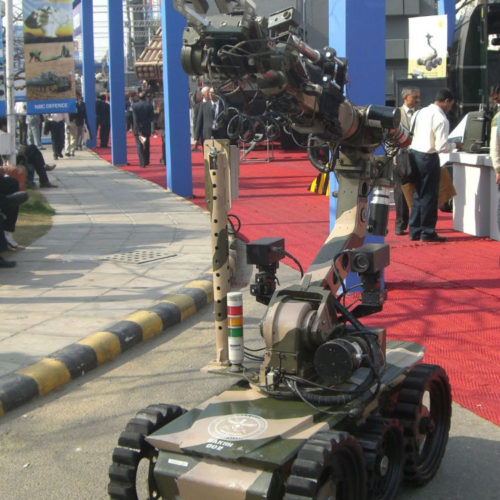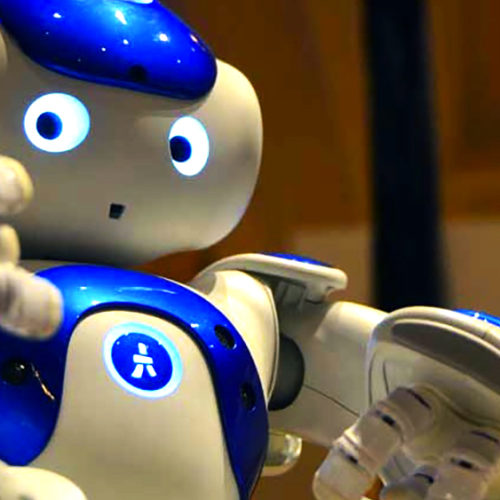Meet Tunabot, the First Robotic Fish to Keep up with a Tuna
Researchers and robot developers are often trying to make their robots mimic humans or animals without too much success. Now, however, mechanical engineers based at the University of Virginia School of Engineering, together with biologists from Harvard, have managed to create the first robotic fish that can mimic the movements and speed of a yellowfin tuna. Readers were invited to learn all about this high-frequency robotic platform when the details were published in Science Robotics in September this year.
The project was funded by the U.S. Office of Naval Research. It has taken 5 years and cost $7.2. million. The project was awarded to Bart-Smith with the aim of better understanding the physics of fish’s propulsion leading to the next generation of underwater vehicles that could be driven by fish-like systems, which it is hoped will be better than propellers.
The Uses for Robotic Fish
There are a number of uses for robots that can be used underwater, including for defense, marine resources exploration and infrastructure inspection and recreation. The first thing the researchers had to do though was to understand how fish and other creatures move through water so effortlessly.
They then compared what they had developed with the yellowfin tuna and mackerel and decided upon the name Tunabot. They found they had constructed a robotic fish that not only moved like a fish underwater, but it could also beat its tail fast enough to reach similar speeds.
Harvard professor, George V Lauder, said ‘There are lots of papers on fish robots, but most of them don’t have much biological data in them. So I think this paper is unique in the quality of both the robotic work and the biological data married together into one paper.’
Bart Smith commented ‘What is so fantastic with the results we are presenting in the paper are the similarities between biology and the robotic platform, not just in terms of the swimming kinematics, but also in terms of the relationship between speed and tail-beat frequency and energy performance. These comparisons give us confidence in our platform and its ability to help us understand more about the physics of biological swimming.’
Both men sound justly proud of what has been achieved and they have every right to be so.
The tests on Tunabot takes place in a large lab in the Mechanical and Aerospace Engineering building at UVA Engineering. The flow tank they use takes up about one-quarter of the room, and they have similar testing facilities at Harvard.
Tunabot is about 10 inches long where its fish equivalent can grow up to seven feet. It has no eyes or fins and a tether of a fishing line helps to keep it steady.
You might also like
DRDO Daksh
Daksh is an electrically powered and remotely controlled robot used for locating, handling and destroying hazardous objects safely. The primary function of this battery powered remotely controlled robot on wheels
This Robot Makes Doctor Visits Less Terrifying for Kids
Nobody (almost nobody) likes getting stabbed with needles, and kids seem to especially hate it. Getting vaccinated is an unpleasant process for everyone concerned, including the kids, their anxious parents,
Ibn Sina Robot
Say salam wa aleikum to an Arabic-speaking android developed at United Arab Emirates University and billed as the first of its kind in the world. It could enter mass production



